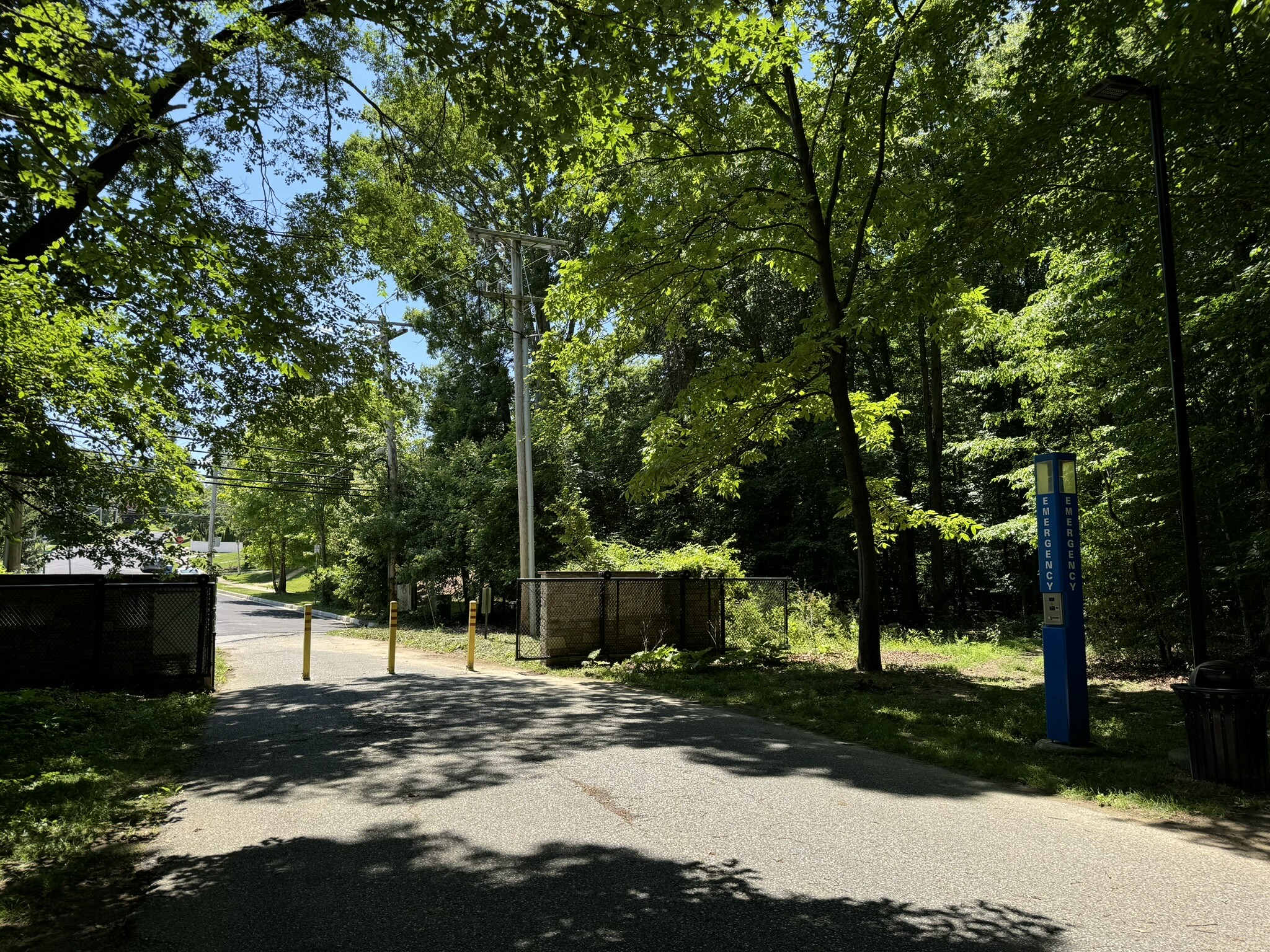3 min read
Maximizing Campus Security: Benefits & Considerations for Adding Pedestrian Gates & Turnstiles to Your Perimeter
![]() Theseus Team
:
Jun 3, 2024 2:53:54 PM
Theseus Team
:
Jun 3, 2024 2:53:54 PM

Campuses of all types including education, corporate, and government, face increasing pressure to ensure the safety and security of their premises. One effective method for enhancing campus security is the integration of pedestrian gates or turnstiles into the perimeter.
 Security Benefits of Pedestrian Gates and Turnstiles
Security Benefits of Pedestrian Gates and Turnstiles
photo courtesy of Orion Entrance Control-
Controlled Access: Pedestrian gates and turnstiles provide a controlled entry point, ensuring that only authorized individuals can access the campus. This helps in preventing unauthorized entry and enhances the overall security posture.
-
Deterrence of Unauthorized Access: The presence of these physical barriers acts as a strong deterrent to potential intruders. Knowing that access is strictly controlled and monitored can discourage unauthorized attempts to enter the campus.
-
Improved Monitoring and Surveillance: Integrating pedestrian gates and turnstiles with access control systems and surveillance cameras allows for better monitoring of entry and exit points. Security personnel can easily track who is entering and exiting the campus, enhancing situational awareness.
-
Increased Accountability: With controlled access, it becomes easier to maintain accurate records of who is on campus at any given time. This can be crucial during emergencies, ensuring that all individuals are accounted for and can be safely evacuated if necessary.
-
Enhanced Safety for Students and Staff: By limiting access to the campus, pedestrian gates and turnstiles help create a safer environment for students, staff, and visitors. This controlled access can significantly reduce the risk of incidents such as theft, vandalism, and other security breaches.
 Considerations for Implementation
Considerations for Implementation
While the security benefits are clear, implementing pedestrian gates and turnstiles requires careful planning and consideration of several factors:
-
Additional Staffing Requirements: The introduction of pedestrian gates and turnstiles may necessitate additional security personnel to monitor and manage these access points. This includes ensuring that the systems are functioning correctly and addressing any issues that may arise.
-
Installation of Additional Fencing: To effectively secure the perimeter, additional fencing may be required to complement the pedestrian gates and turnstiles. This ensures that there are no gaps or weak points in the campus boundary that could be exploited.
-
System Integration: Pedestrian gates and turnstiles need to be integrated with the campus’s existing access control and security systems. This includes synchronization with ID card readers, biometric scanners, or other authentication methods to ensure seamless operation.
-
Maintenance and Upkeep: Regular maintenance is essential to ensure the continued functionality of pedestrian gates and turnstiles. This involves routine inspections, timely repairs, and updates to the software and hardware components.
-
Training for Security Personnel: Security staff must be adequately trained to operate and manage the pedestrian gates and turnstiles. This includes understanding how to handle access control systems, respond to security alerts, and assist individuals who may have difficulty using the systems.
-
Communication and Coordination: Effective communication with campus stakeholders, including students, staff, and visitors, is crucial. They need to be informed about the new security measures, how to use them, and the importance of complying with access control protocols.
-
Emergency Access Provisions: It’s vital to consider how pedestrian gates and turnstiles will function in emergency situations. There should be clear protocols for quickly disabling the barriers to allow for rapid evacuation if needed.
Adding pedestrian gates and turnstiles to a campus perimeter offers substantial security benefits, enhancing control over access points and increasing overall campus safety. However, successful implementation requires careful consideration of additional staffing, fencing, and integration with existing systems. By addressing these factors, campuses can create a secure and efficient environment that safeguards all occupants while maintaining smooth operational flow.
Remember, keeping maximum distance between bad actors and your valuable assets and personnel is crucial. Don't miss out on the opportunity to enhance your understanding of this concept by tuning into our informative on-demand webinar. Access our on-demand webinar here >>
PHYSICAL SECURITY RISK ASSESSMENT CONSIDERATIONS GUIDE
We understand the challenges that security professionals face in securing their facilities and creating a safe environment within their budget. We also recognize the difficulty in finding the right resources and expert advice to achieve this mission.
That's why we're excited to announce the release of our considerations guide, designed specifically to help security professionals conduct their own in-house security risk assessment.
This comprehensive guide aims to assist you in identifying any missing or inadequate physical security measures that may compromise the safety and security of your assets, people, property, and critical business functions. While we highly recommend consulting with a third-party expert like Theseus Professional Services in certain cases, this guide will empower you to take a proactive approach to assess and address security risks within your organization.
The findings of a security risk assessment play a vital role in measuring and communicating the level of risk to your organization. By following the guidelines outlined in this guide, you can enhance the overall security of your facility while staying within your budget.
We believe that knowledge is power, and we're committed to providing you with valuable resources to help you achieve your security goals. Download our considerations guide today and take control of your facility's security.
- Process Evaluation
- Threats
- Vulnerability Assessment Highlights
- Electronic Security Systems Considerations
- Site Considerations
- Building Entrances and Exits
- Common Functional Areas
- Building Envelope
- Utilities and Building Services
- Building Systems
Contact us for a discussion about deploying appropriate security measures at your facility...






